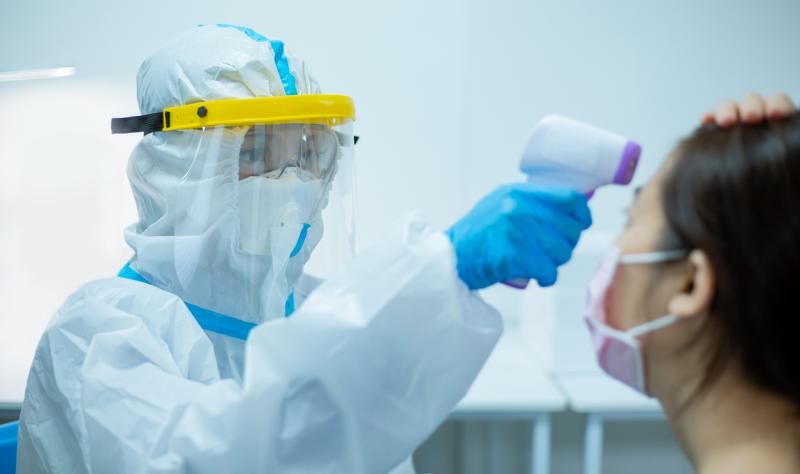More COVID-19 cases ahead? Coronavirus levels in Eastern Mass. waste water are on the rise again – The Boston Globe


After dipping last month, the levels of coronavirus detected in Eastern Massachusetts waste water have resumed climbing, according to the latest data from the Massachusetts Water Resources Authority, suggesting more COVID-19 case increases may be ahead.
Officials say waste water virus data can be an important early warning signal, detecting COVID-19 infections before people get tested and the tests are officially reported. As more people are using at-home COVID-19 testing kits, whose results are usually not reported to state public health officials, waste water tests have become a key indicator of the virus’s prevalence.
The waste water levels are now back where they were in early February.
The increases come as Massachusetts cases and hospitalizations have also been gradually rising and the CDC has designated seven Massachusetts counties, including Suffolk County, home of the state’s largest city, Boston, and Middlesex County, the most populous county, as having high levels of the virus.
The CDC recommends that, in areas with high virus levels, people wear masks in indoor public spaces. The Boston Public Health Commission has also recommended masking in indoor public spaces. Several large school districts in Greater Boston, including Belmont, Cambridge, Lexington, and Somerville, also dashed out notices to families over the weekend and Monday, urging parents to, once again, consider masks for their children in classrooms. Some said they would be testing children more frequently, and others indicated they were weighing whether to bring back temporary mask requirements.
Experts have been concerned about the arrival of Omicron subvariants, including BA.2 and BA.2.12.1, reigniting the pandemic.
The Eastern Massachusetts waste water levels dropped precipitously from their Omicron peak, bottomed out in early March, then began rising again. The rise was interrupted by a dip last month, but the levels have now more than bounced back.
The waste water and other COVID-19 metrics, however, remain at much lower levels than the Omicron wave that crashed over the region during the winter.
Waste water from 43 communities, including Boston, converges at the MWRA’s Deer Island plant on Boston Harbor for treatment before being piped miles into the ocean. The water is tested for traces of the deadly virus. The MWRA reports numbers for both the southern and northern regions of its system. The testing determines the number of SARS-CoV-2 RNA copies per milliliter of waste water.
In the northern MWRA region, the seven-day average was 797 RNA copies/mL as of Monday. That’s up from a low of 101 on March 9. The levels peaked at 8,644 on Jan. 5.
In the southern region, the seven-day average was 810 RNA copies/mL on Monday, up from a low of 92 copies/mL on March 1. But it’s a far cry from the high of 11,446 RNA copies/mL reached on Jan. 3.
With indications that the virus is on the rise again, some people are sticking to precautions such as masking and avoiding indoor dining, others are abandoning them, and others are taking a middle-ground approach.
Kay Lazar of the Globe staff contributed to this report. Material from prior Globe stories was used in this report.
Martin Finucane can be reached at martin.finucane@globe.com. Christina Prignano can be reached at christina.prignano@globe.com. Follow her on Twitter @cprignano.



